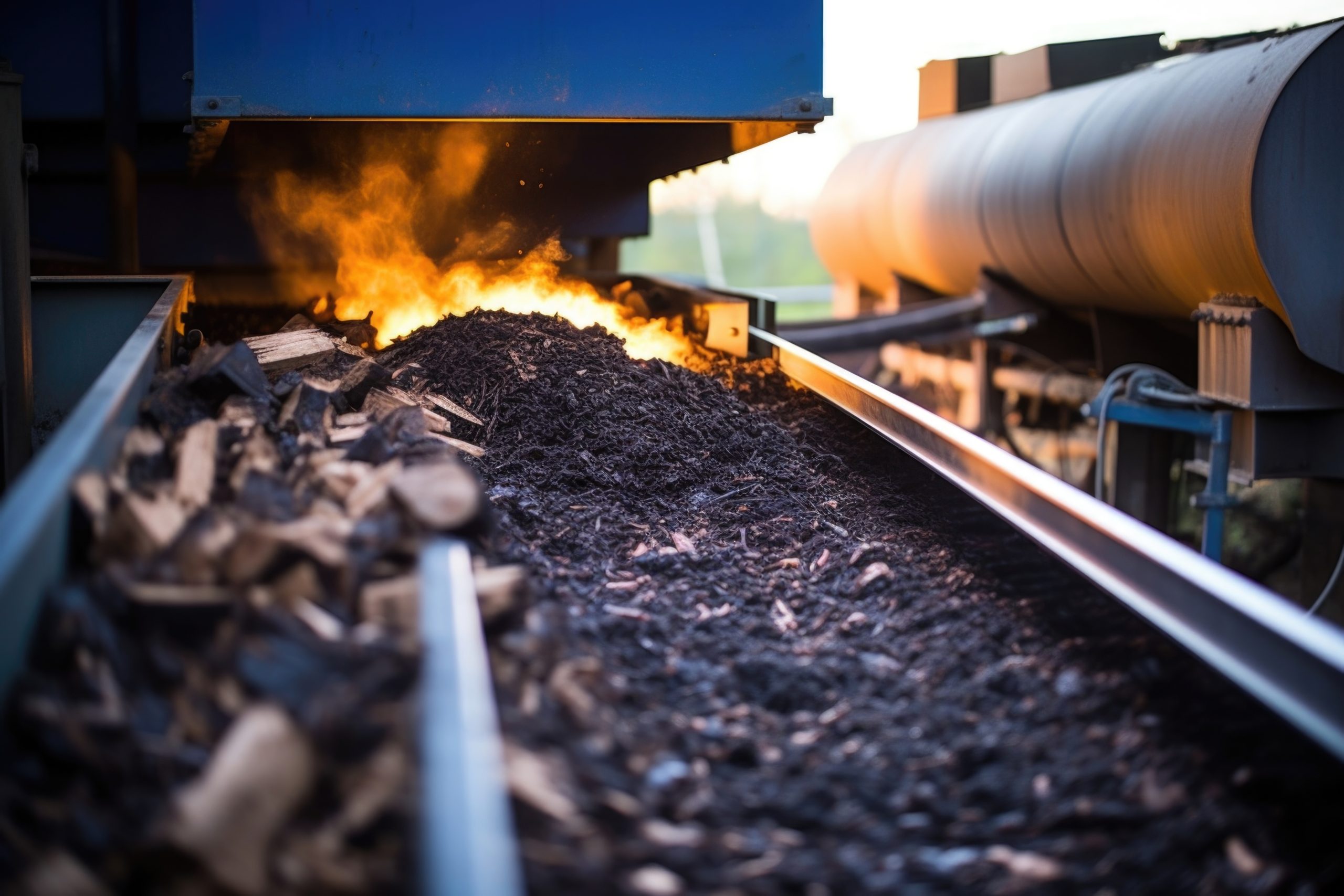The role of pyrolysis in the decarbonisation of waste treatment

When the pyrolysis process is carried out at different temperatures or with a variety of residence times within the reactor chamber, different resultant materials are produced
When high organic-content wastes such as food waste, wood or other forms of biomass material are disposed of in landfill or sent for incineration they generate large volumes of greenhouse gases (methane and carbon dioxide), as well as numerous other atmospheric pollutants such as nitrous and sulphur oxides. In addition, transport off-site from the point of waste generation to a disposal facility can also entail a significant carbon impact depending on the distances involved.
As we look to find solutions that reduce the environmental impact of waste facilities and treatments, moving toward a circular economy supports emissions reductions as well as providing cost savings in the process. Pyrolysis is one such treatment that can be hugely beneficial.
Click here to read “The role of pyrolysis in the decarbonisation of waste treatment” written by Gavin Ramsey our Sector Director for Waste & Circular Economy.







